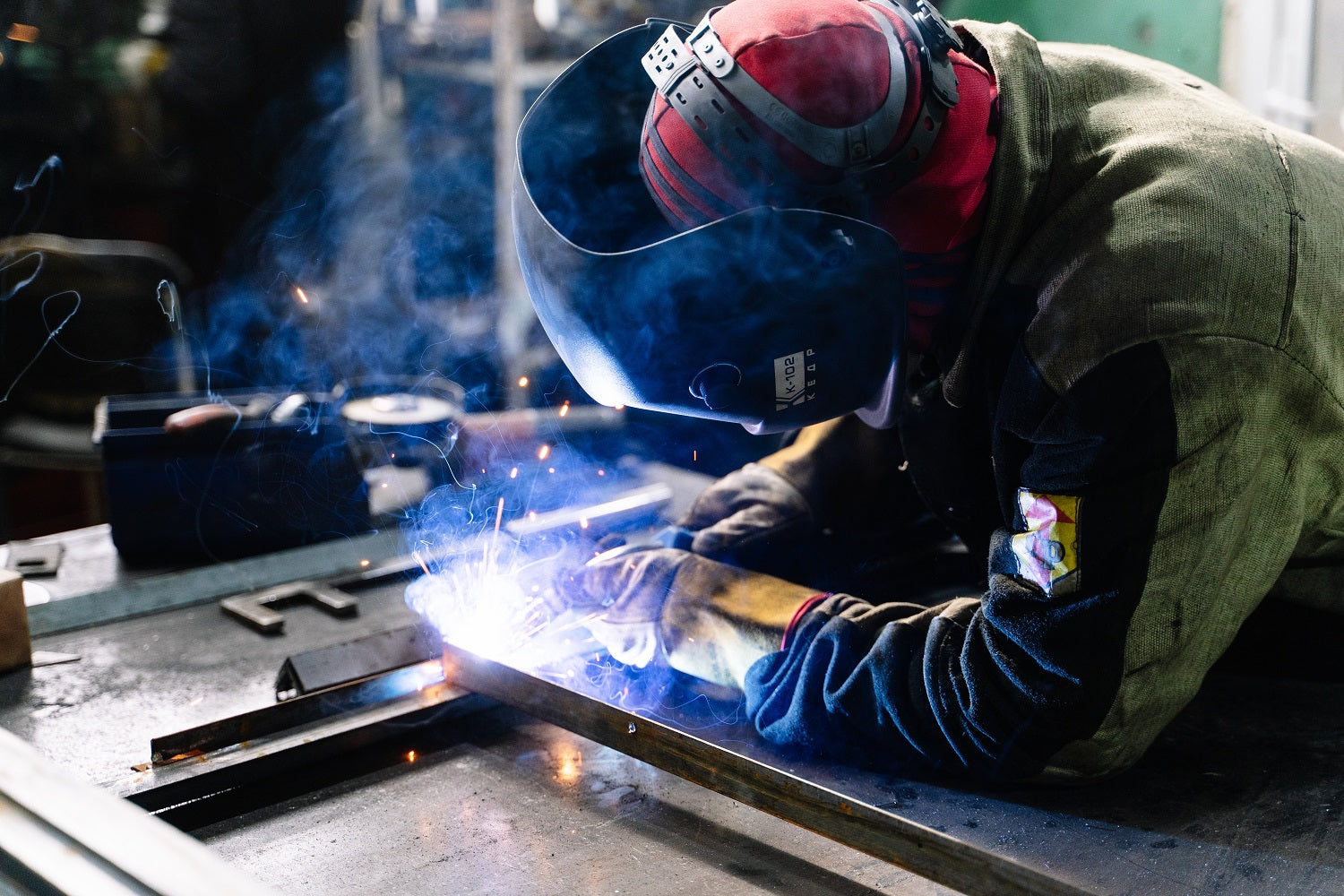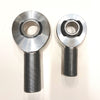MIG Welding Steel: A Step-by-Step Guide to Achieving Strong Welds

www.heimjoints.net
MIG welding, also known as Gas Metal Arc Welding (GMAW), is a welding technique that uses a continuously feeding wire electrode and a shielding gas to join two pieces of metal. MIG welding is one of the most popular welding techniques used in the metalworking industry, thanks to its ease of use and versatility. In this blog post, we will guide you through the steps to successfully MIG weld steel.
Step 1: Preparation
Before starting the welding process, it's important to prepare your workspace and gather all the necessary tools and equipment. Make sure your work area is clean and free of any flammable materials. Wear appropriate protective gear such as a welding helmet, gloves, and an apron to protect yourself from sparks and UV radiation.
Step 2: Set up the welding machine
Next, you need to set up your MIG welding machine. First, check the wire feed speed and voltage settings based on the thickness of the steel you are welding. These settings can be found in the owner's manual of your welding machine. Also, make sure the grounding clamp is securely attached to the metal you are welding.
Step 3: Prepare the steel
Clean the surface of the steel you are welding using a wire brush or grinder to remove any rust, paint, or debris that could interfere with the weld. It's important to have a clean surface for a strong weld.
Step 4: Choose the right wire and gas
Select a wire that is compatible with the steel you are welding. The wire should match the thickness of the steel and be made of the same material. The most commonly used gases for MIG welding are argon and carbon dioxide, or a mixture of the two.
Step 5: Start welding
With all preparations complete, it's time to start welding. Position the electrode gun at a 90-degree angle to the workpiece and start welding from the edge of the metal. Use a steady motion and keep the welding gun pointed at the joint to achieve a consistent weld. Be sure to maintain a consistent travel speed and distance from the workpiece to avoid overheating.
Step 6: Finish the weld
Once the weld is complete, let the metal cool before inspecting the weld. Check the weld for any defects such as cracks or holes. If there are any defects, they should be repaired before finishing the weld.
In conclusion, MIG welding steel is a straightforward process that requires some preparation and attention to detail. By following the steps outlined above and using the appropriate equipment and techniques, you can produce high-quality, strong welds on steel. Remember to always prioritize safety when welding and wear appropriate protective gear to protect yourself from hazards.
MIG welding, also known as Gas Metal Arc Welding (GMAW), is a welding technique that uses a continuously feeding wire electrode and a shielding gas to join two pieces of metal. MIG welding is one of the most popular welding techniques used in the metalworking industry, thanks to its ease of use and versatility. In this blog post, we will guide you through the steps to successfully MIG weld steel.
Step 1: Preparation
Before starting the welding process, it's important to prepare your workspace and gather all the necessary tools and equipment. Make sure your work area is clean and free of any flammable materials. Wear appropriate protective gear such as a welding helmet, gloves, and an apron to protect yourself from sparks and UV radiation.
Step 2: Set up the welding machine
Next, you need to set up your MIG welding machine. First, check the wire feed speed and voltage settings based on the thickness of the steel you are welding. These settings can be found in the owner's manual of your welding machine. Also, make sure the grounding clamp is securely attached to the metal you are welding.
Step 3: Prepare the steel
Clean the surface of the steel you are welding using a wire brush or grinder to remove any rust, paint, or debris that could interfere with the weld. It's important to have a clean surface for a strong weld.
Step 4: Choose the right wire and gas
Select a wire that is compatible with the steel you are welding. The wire should match the thickness of the steel and be made of the same material. The most commonly used gases for MIG welding are argon and carbon dioxide, or a mixture of the two.
Step 5: Start welding
With all preparations complete, it's time to start welding. Position the electrode gun at a 90-degree angle to the workpiece and start welding from the edge of the metal. Use a steady motion and keep the welding gun pointed at the joint to achieve a consistent weld. Be sure to maintain a consistent travel speed and distance from the workpiece to avoid overheating.
Step 6: Finish the weld
Once the weld is complete, let the metal cool before inspecting the weld. Check the weld for any defects such as cracks or holes. If there are any defects, they should be repaired before finishing the weld.
In conclusion, MIG welding steel is a straightforward process that requires some preparation and attention to detail. By following the steps outlined above and using the appropriate equipment and techniques, you can produce high-quality, strong welds on steel. Remember to always prioritize safety when welding and wear appropriate protective gear to protect yourself from hazards.





